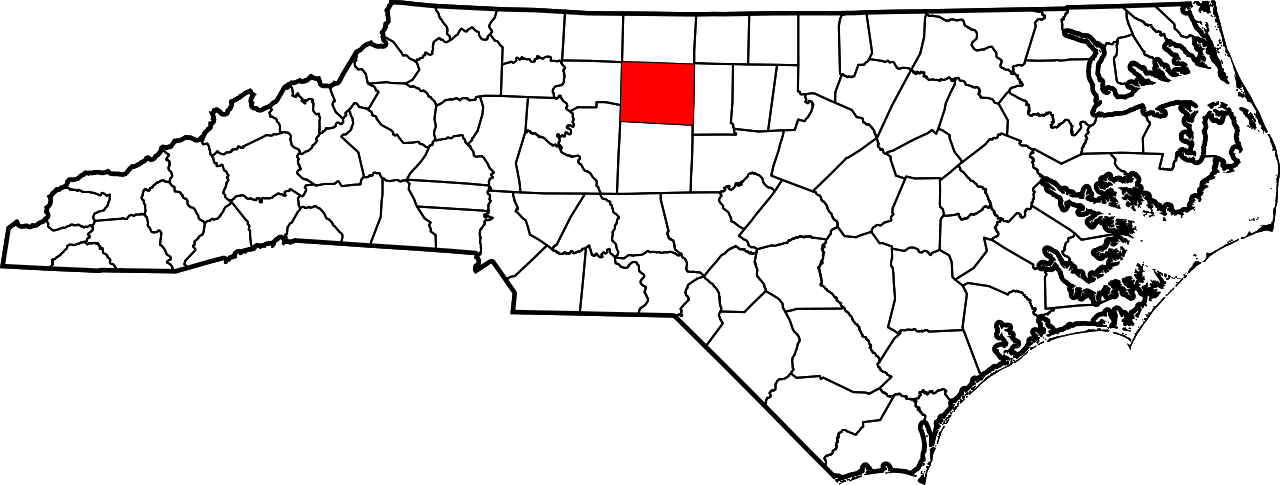JUNE 29, 1814
200 years ago today in Washington County Indiana Territory,
Henry Lukenbill received his deed from the US Government for his title to the
northwest quarter of Section 4, T1S, R4E in Blue River Township. Lukenbill had previously registered his claim
to this tract a few years before because it was located on the trace between
Beck’s Mill and the Falls of the Ohio. Lukenbill’s
land was well supplied with water as both Dutch Creek and Bear Creek flowed
through it near to where each of them emptied into the Mutton Fork of Blue
River. The parcel also was in the tier
of oversized quarter sections that were bounded on the north by the base line
that ran west from the Initial Point of the Indiana Federal land survey grid established
by US deputy surveyor Ebenezer Buckingham, Jr. on September 1, 1805. This meant
that this land patent contained about 320 acres in its quarter section instead
of the usual 160 acres. This real estate
is located where Dutch Creek Road intersects with Indiana SR 135 in present day
Jackson Township.
Henry Lukenbill was another Washington County settler of
German descent. His grandfather is
believed to have been of Swiss German Reformed affiliation and to have come to
the American Colonies in the 1730s in the wave of immigration from the
Palatinate area of present day Germany.
The German spelling of Lukenbill was Lugenbielhl. Henry Lukenbill came
to the Indiana Territory from the Abbott’s Creek area of Rowan County, NC as
did some of his neighbors on Dutch Creek.
Lukenbill’s land was located west of other neighbors of Teutonic
heritage including Henry Wyman, Leonhard Karnes/Carnes, John Bush and George Goss.
[See post of May 6, 2014].
David Lukenbill who was a son of Henry Lukenbill had
registered for a land patent immediately north of his father in the southwest
quarter of Section 33, T1N, R4E. However,
as David was not yet a man of some means as was his father, his claim was
assigned to John Shepherd who obtained title in 1819. This farm along with the neighboring farm of
John Strain would later reputedly become the southern junction of the
Underground Railroad in Washington County. After the sale of his pending claim,
David Lukenbill relocated to the area near Gosport, Indiana at about the time
that Ephraim Goss moved there from Washington County.
Henry Lukenbill was 54 years old at the time he obtained
title to his land on the west end of the Dutch Creek community of neighbors of
German Calvinist, Pietist and Lutheran origin.
He must have been reasonably prosperous as he paid taxes on 4 horses at
50 cents a head to Harrison County, Indiana in 1812 while his neighbors
including Henry Wyman only paid taxes on 1 or 2 horses. Henry Lukenbill died in 1828 at the age of 65
and his wife Eva died in 1848 at the age of 86.
One of their great grandchildren, Charles F. Lukenbill, owned land on
the west edge of Salem and laid out the Lukenbill Subdivision which includes
most of the houses on Willow Street in Salem, Indiana today.












































